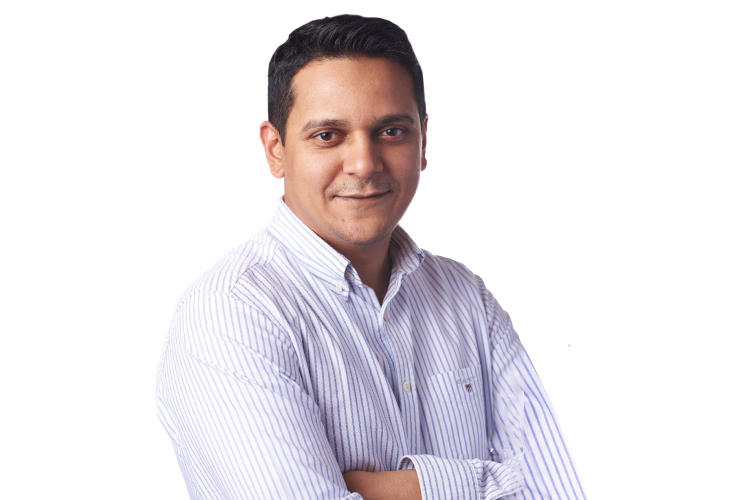Q] As President of Data, Performance and Digital Products, what will be your key agenda for GroupM in 2022?
The areas that I would be focussing on would be e-commerce, addressability, performance marketing, and data. When it comes to e-commerce, I am trying to reimagine our e-commerce practice that enables our clients to be on top of their game in media commerce, brand dotcom and marketplace activities. On the addressability side, I am sowing the seeds of addressability for future and launching India’s first addressable TV solution. My third focus area is performance marketing. The idea is to craft our performance marketing offering into a full funnel marketing ecosystem that would deliver hard outcomes for our clients. Lastly, it’s about collaborating with my colleagues at GroupM to create a robust data spine that feeds into every single Operating Company (OpCo) and specialist functions within GroupM to give them that data edge.
Q] How is the Indian advertising ecosystem responding to technological innovations like Metaverse, NFT and blockchain?
It’s early days but a lot of brands are already experimenting and trying to see where they can possibly have a massive play on metaverse and where it makes sense at this point in time. Obviously, we know that there are lots of use cases in the gaming sector. Brands are trying to get into that and play their metaverse version out there but I also feel that a lot of other industries will start adapting metaverse applications in India and they will be somewhere focussed in areas of infrastructure, retail, and social media.
Q] Advertising on e-commerce marketplaces is gaining a lot of traction. What is driving this growth?
Earlier, media planners used to evaluate publishers on the basis of eyeballs for media buying. Now, planners are evaluating market places on category transactions. This is a change of mindset which one has seen on marketplace advertising. Today, a lot of e-commerce marketplaces feature on Top 30 publisher list in terms of share of ad spends. I predict that we would have at least four players among the Top 20 publishers in terms of ad spend share that would be e-commerce led. Amazon and Flipkart are dominant players in the e-commerce advertising ecosystem but there are so many other marketplaces which are growing tremendously and there are millions of shopping nano moments that are being created on e-commerce which provide a huge opportunity to have an always on advertising approach for brands.
The whole video advertising opportunity around making shopping intent data addressable on quality inventory and optimising it on hard return on advertising spends or transactions is where we will see the massive increase coming through. What I also feel is that the creator economy is actually helping us to scale the video commerce aspect of it through social commerce, live sale events, drops, seasonal edits and ad funded short form videos.
Q] As far as social commerce is concerned, where do you see a large chunk of ad dollars going because short video platforms have pivoted to social commerce while e-commerce platforms are also doing influencer led commerce?
Spends will stay where the audiences are. A large part would be played by the creator economy because audiences are following these creators. The creators will create content around these customers. Anywhere the customer is you would start seeing that a large part of focus will be on these short form videos. We have seen that in markets like Indonesia, China and Thailand; and we will soon start seeing that trend getting adopted here as well.
Q] The share of programmatic advertising within the overall digital advertising pie is expected to go up significantly in 2022. Can you explain why it is being touted as a one-stop solution for advertisers?
When I started my programmatic journey back in 2010 with Yahoo-owned Blue Lithium followed by Xaxis, we started with one vision that one day all advertising will become digital and everything digital will become programmatic. Digital advertising provides targeting, precision, and measurement, but at the same time it also brings a lot of variety and complexity. For example, online video advertising has been a big driver of growth for the market and also for the advertisers but the decisions to be made are so many, for example --do I go AVOD, do I go BVOD, do I look after brands, ad fraud, viewability, channel type, location, demo, time spent, quartile reports, creatives, ad fatigue, frequency and the list goes on. Programmatic advertising offers method to the madness and what’s happening is that channels like Radio and Outdoor content are becoming more and more digital. It’s important to access these in a programmatic way for a better delivery and better one view. Programmatic advertising also enables use of new age technologies like AI, ML, first party data, and federated learning where one can have a full view of advertising spends and then try to deliver a very omnichannel hyper-personalised approach to advertising spends. It definitely has some blockers where we have to deal with walled gardens and which is here to stay.























